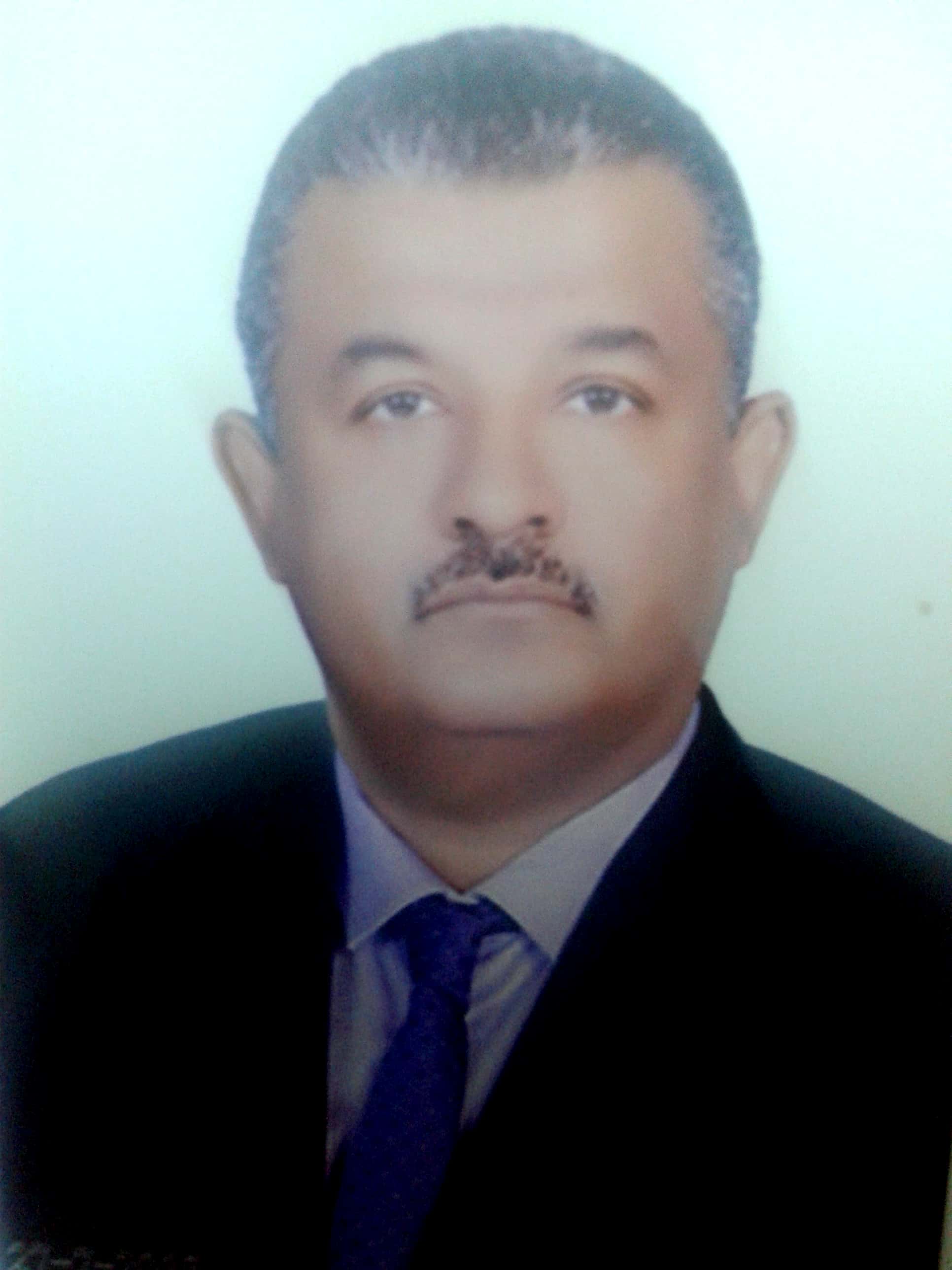Abstract
Background: Hepatocellular carcinoma (HCC) is one of the leading causes of cancer deaths worldwide. The
incidence of HCC is highest in Asia and Africa, where the endemic high prevalence of hepatitis B and
hepatitis C strongly predisposes to the development of chronic liver disease and subsequent development of
HCC.
Aim of the Work: Our study was designed to characterize patterns of HCC cases in Sohag Governorate to
lay the groundwork for future researches directed to understand the complex etiology of this disease.
Patients and Methods: The study was a retrospective one, included 215 patients with HCC over a 3 years
period. Diagnosis of HCC is based on the following: criteria of HCC on triphasic computed tomography (CT)
(a mass lesion with arterial enhancement and rapid washout in the porto-venous phase), serum alpha
fetoprotein (AFP) level > 200 ng/mL, and/or biopsy and histopathology from the mass lesion.
Results: Evaluation of potential risk factors of HCC in cirrhotic patients revealed that patients aged ≥ 50
years had 2 times higher risk to develop HCC, while smoking increased the risk to develop HCC 4 times.
Also, we found that smoking is the only factor that increased the risk (5 times higher) to develop HCC in noncirrhotic
patients, adjusted to other factors.
Conclusion: Our study showed that smoking is the most important risk factor to develop HCC in both
cirrhotic and non-cirrhotic groups.
Keywords: Hepatocellular carcinoma (HCC), Egypt, risk factors, cirrhosis

